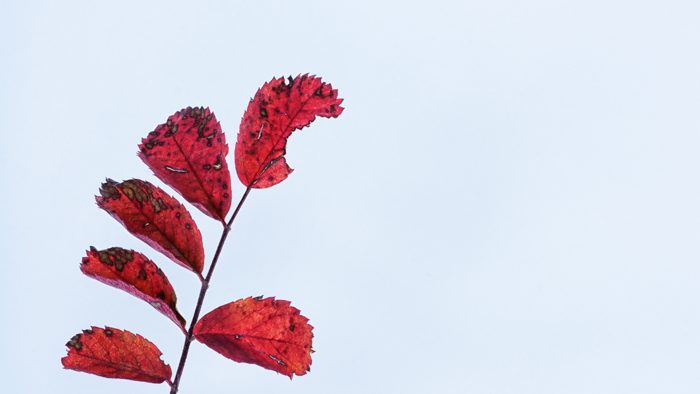
Defined
Have you ever heard of the Zen Buddhist term “wabi sabi”? I hadn’t until recently. I found the definition in Leonard Koren’s book “Wabi Sabi for Artists, Designers, Poets and Philosophers,” where Koren characterizes it as “the quintessential Japanese aesthetic … a beauty of things imperfect, impermanent, and incomplete … a beauty of things modest and humble.”
I am so very reassured to know that true joy can come from the profound knowledge that beauty exists outside of what I’ve been taught it strictly is, especially in nature. I appreciate the reminder to look beyond the obvious thrill of the newly unfurled leaf to see what lies beneath … to be willing to get down to its level and get close to the imperfection of the whole experience.
At its fullest expression, wabi sabi is a way of life. And why not? Should we seek only that which rises to the top to experience the reality of beauty? After all, we’re imperfect as human beings, and yet, aren’t we all beautiful?
The Human Side of Wabi Sabi
As we age, our dewy complexion becomes ruddy, our skin sags, and we may lose hair and/or teeth. Does that reduce our place in the world as caring and smart individuals? You know the answer. Of course not.
Yet so many of us buy into the idea that our advanced years somehow reduce our humanity. Hear me: I’m not stating what others proclaim about us, I’m stating what we proclaim about ourselves without any prodding.
I hope this short post piques your interest about the aesthetics of wabi sabi or, at the very least, reminds you that 1) despite us older folks “knowing it all,” there is still plenty of learning to do and 2) the premise of wabi sabi is lovely and simple, a gentle nudge of encouragement to investigate what is underneath the pristine leaf, to find perhaps a jewel in the imperfection.
Contact Antonia at Antonia@TheJoyofAgingGratefully.com


Yes, like map makers who put one mistake in their maps, we leave our own unique signature in life. As someone who grew up with a perfectionist parent, I know the insanity of not allowing ourselves to be human, perfect just as we are.
Thank you, Ruth, for sharing your experience.
I know always striving for perfection can sidetrack delving into joy.
I love it! Thanks Antonia, yes you have definitely piqued my interest! I’ve just ordered the book…
I’m not sure if this fits into the category of wabi sabi or not, but what came to mind when I read your post was my wild, ever-changing, tangled back yard, which I love, for its natural beauty and teeming life. But orderly and tidy and perfect-by-North-American standards it is not.
With the climbing roses intertwined amongst the Photinias, towering 20 feet into the air and competing with one another to see who can grow the tallest, peering down on the enormous Rhododendrons with their spectacular blooms and the profusion of flowers and shrubs growing wildly all together, each doing their thing in their own special way.
The disobedient tree roots of the now-huge Cedar tree pushing up the pavement of the driveway into unseemly lumps, then scattering broken branches and needles over-top (it’s amazing how much detritus falls from large trees…)
The crumbling granite stone wall, once pristine, but now giving way to the roots of myriad bushes pushing it in all directions…so I plant Candytuft and let it tumble over the stones and twine its way into the cracks.
My yard has grown old and tangled along with me through the last 40 years, each of us so different from when we started out fresh and young and tidy and full of plans of how we would end up (pretty much perfect of course, if we played our cards right). But no, here we are with the passage of time, beset with crumbling cracks and creases and barely controlled wildness, keeping ourselves just tidy enough to pass the social expectations test, should a frowning passerby wish to pass judgement, but with nature’s imperfections everywhere. Is this part of wabi sabi? I don’t know. But, along with the birds and butterflies and bees who come to the splashing fountain or submerge themselves in the bird bath, or hide amongst the copious cool shrubbery or nestle in the flowers, I love it. Perhaps perversely, I love it even more for its messiness, defying the man-made laws of neatness and order : )
Thanks so much for this post Antonia. You’ve taken away my imperfection-guilt.
Oh, Katie, the lovely description of your yard is so vivid I can close my eyes and picture it … blemishes and all. And the comparison to our imperfectly aging selves is delightful! Thank you for clearly seeing what lies beneath the newly unfurled leaf!